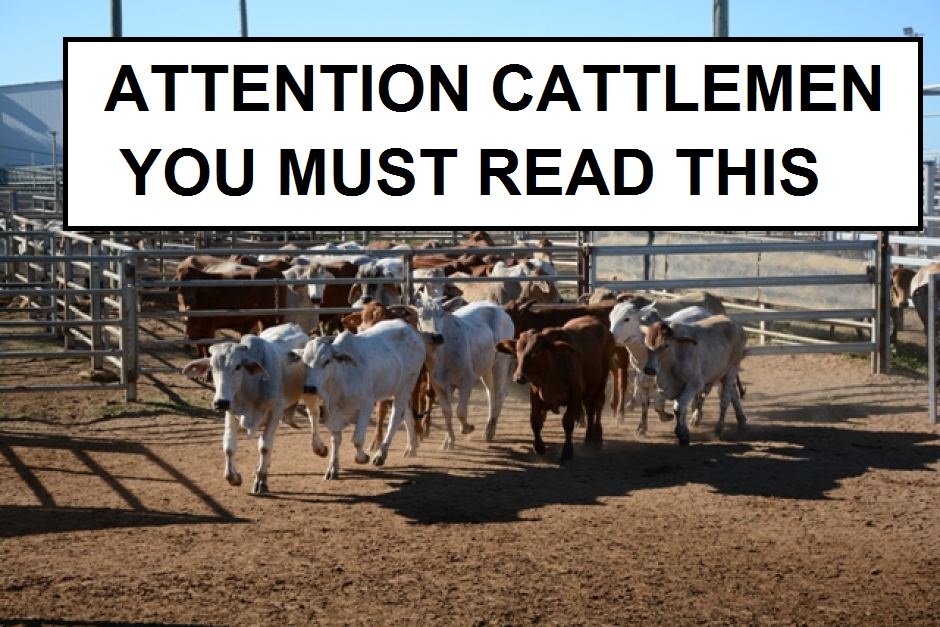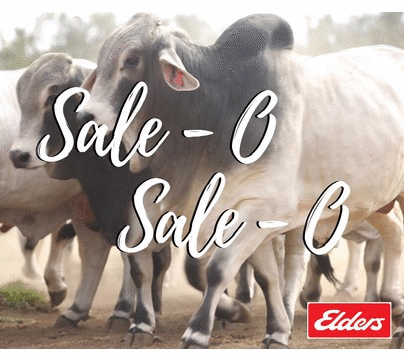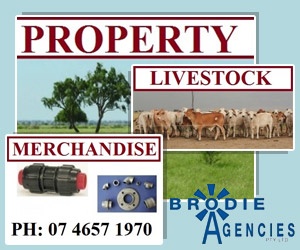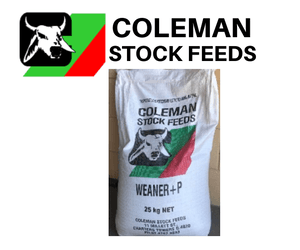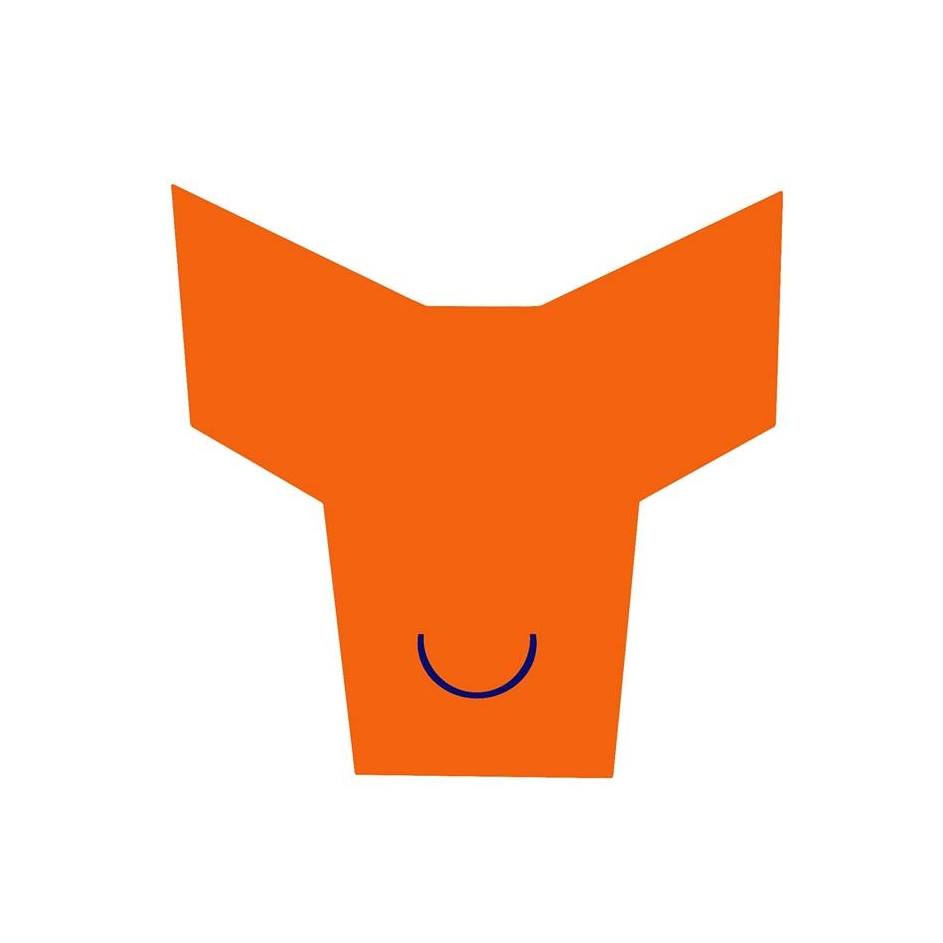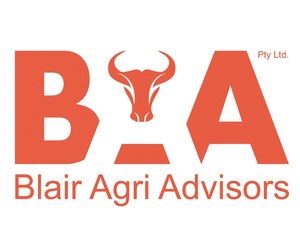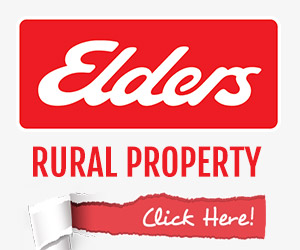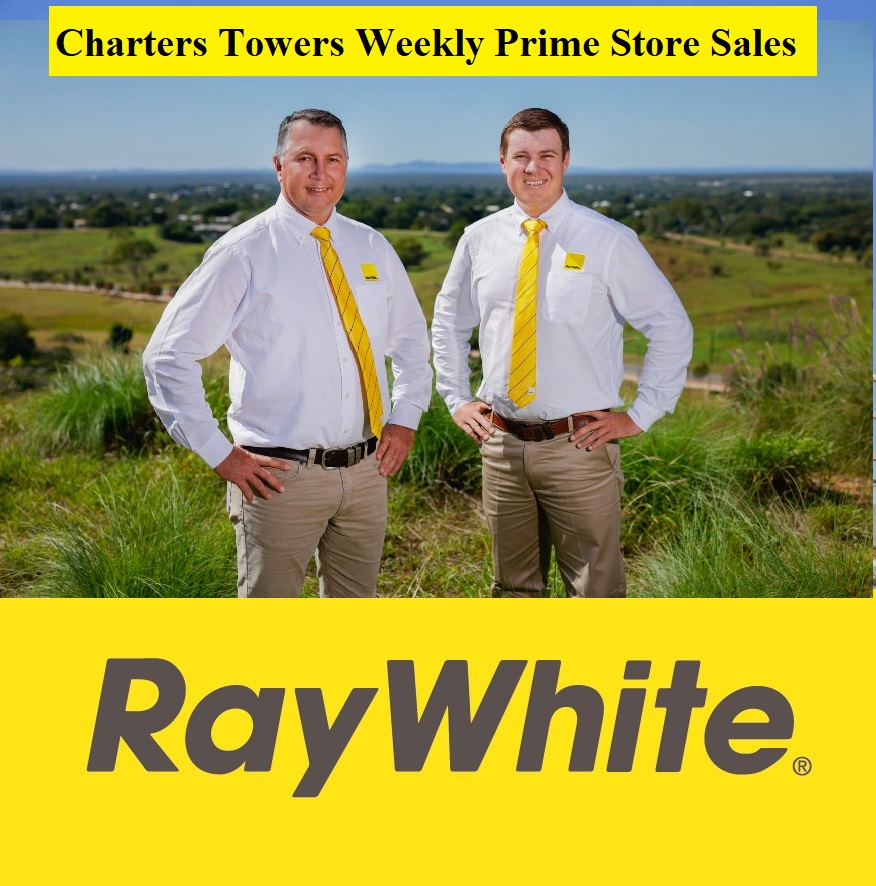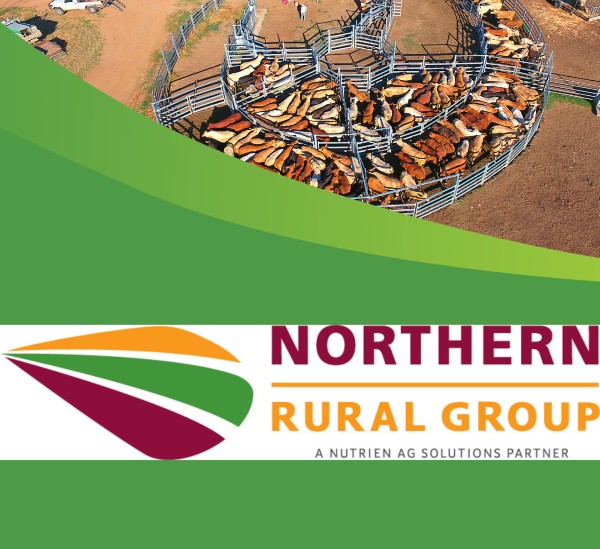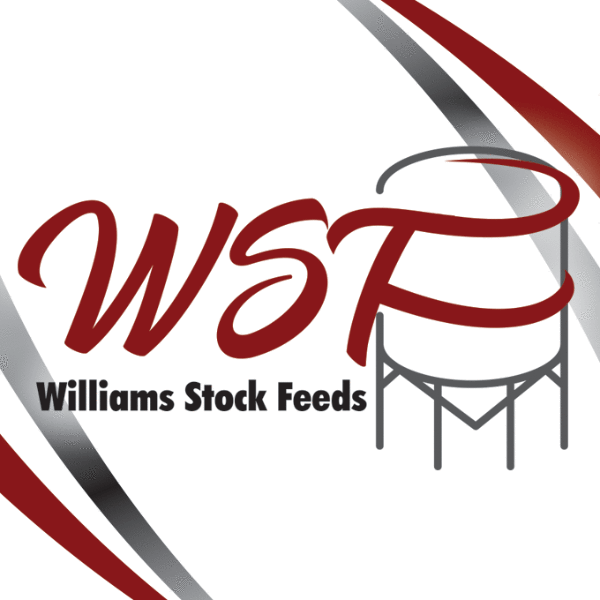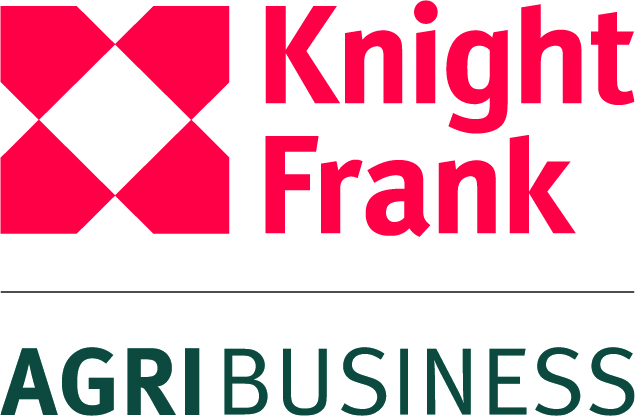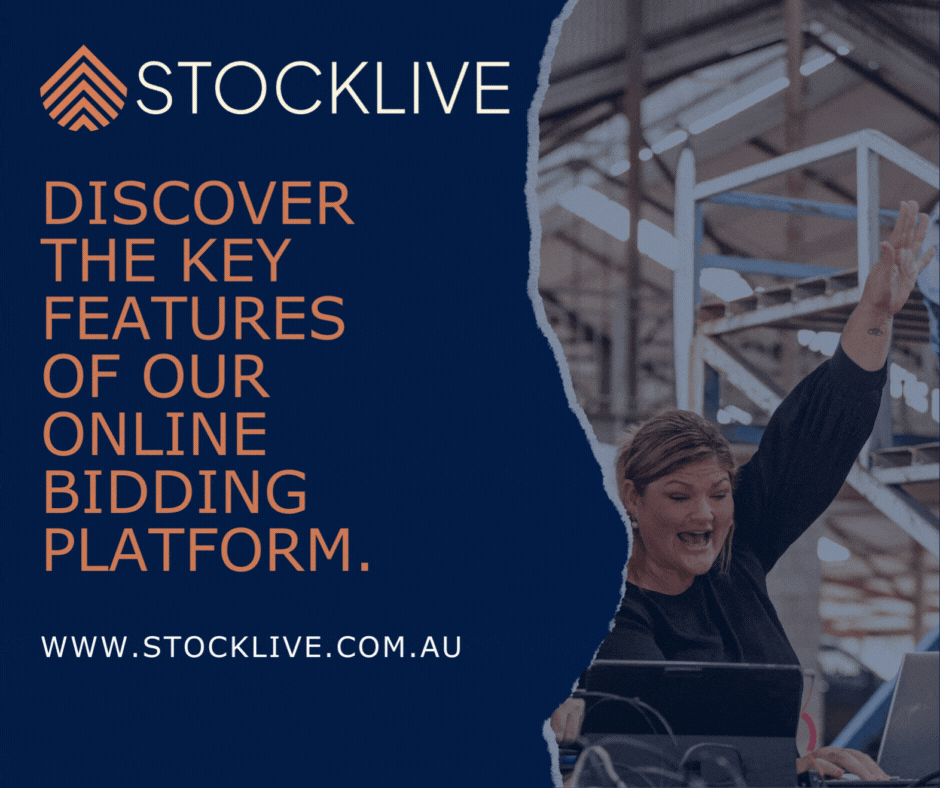WHAT CATTLE PRODUCERS NEED TO KNOW
Producers will need to understand what their market(s) require.
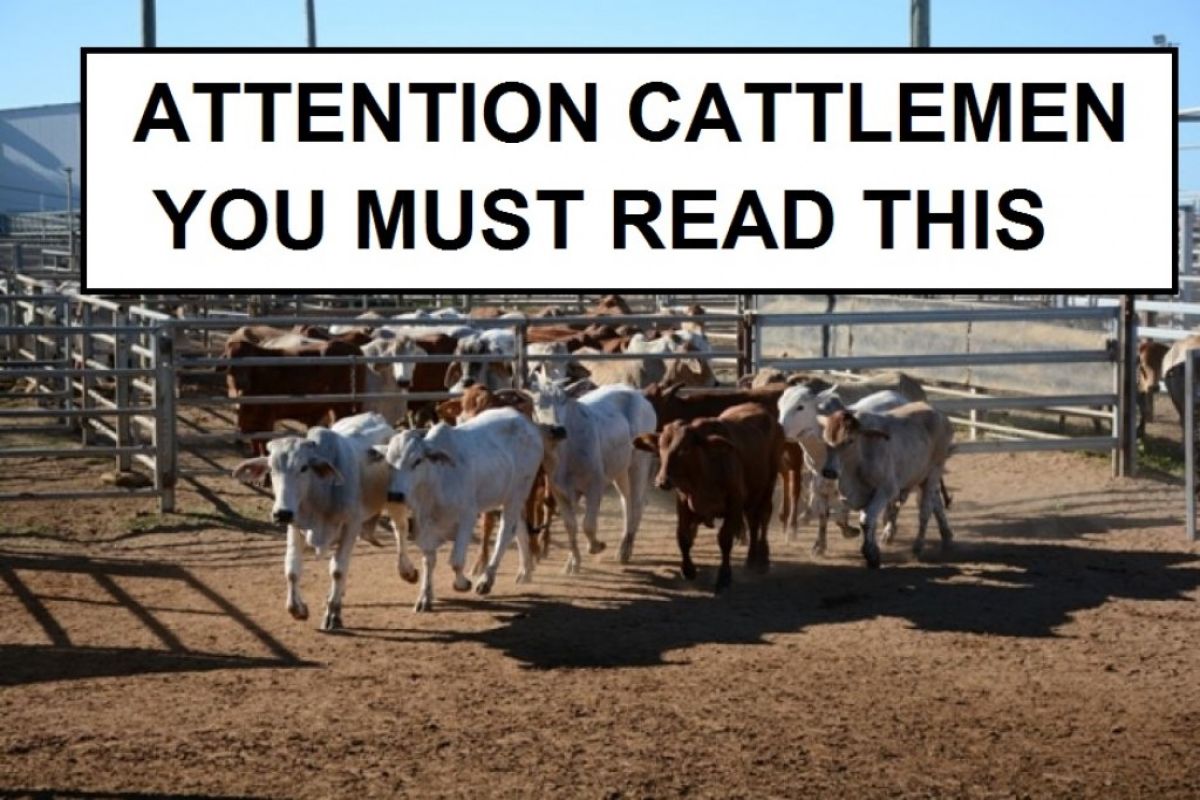
Cattle Producers are confused M.D.M. contacted Biosecurity for answers to a series of questions.
You must understand what is required to trade by June 30th to continue to trade with the NT on 01st July and thereafter.
LBN will be attending workshops to work through the template in Hughenden, Emerald, Clermont, Rockhampton, Charters Towers, Georgetown.
Johne’s disease – what is all the fuss about?
Johne’s disease is now a disease managed by industry like any other endemic disease. Effectively this means that it is market driven and producers need to comply with conditions set by the buyer. Johne’s disease continues to be notifiable meaning that if you suspect you have the disease you must report it to the appropriate authority. The difference being that you will no longer be quarantined or placed under movement restrictions if it is found on your property.
Johne’s disease was deregulated at the request of industry. The JBAS system was developed to provide the beef industry with a risk assessment framework for the movement of cattle. We are currently in the transition period from government regulation to an industry managed system. This transition period ends on June 30th 2017.
What will this mean for producers?
Producers will need to understand what their market(s) require in relation to JD or any other endemic disease. For example, some live export markets have conditions (set by the importing country) for JD which suppliers of cattle must meet. Other examples, include the movement of cattle into NT or WA. The end of the transition period means producers that move cattle into the NT and WA markets will need to have measures in place to meet those requirements https://www.animalhealthaustralia.com.au/new-approach-jd-cattle/
Why should I bother with Johne’s?
Johne’s disease is a complex and misunderstood disease. It is a chronic wasting disease where cattle waste away as the disease causes the intestinal lining to thicken which essentially prevents nutrients from food being absorbed. If livestock cannot absorb nutrients from food they are unable to gain weight. It generally affects older animals as it can take years to present itself. Johne’s can stay in the environment for up to 12 months without a host so it is advisable that producers do all that they can to ensure they do not bring Johne’s disease on to their farm.
What is this NT business that I am hearing?
The Northern Territory in response to their own industry have implemented interim arrangements in terms of JD. In English; The NT have changed the entry requirements for cattle to be that only cattle that can meet the JBAS 7 requirements can enter the Territory. This means any producers that trade with the NT will need to meet JBAS 7 requirements before June 30th to continue to trade with the NT on 01st July and thereafter.
Is WA the same?
Entry of cattle into Western Australia are also required to be JBAS 7 but producers will need to test every 12 months instead of three years as specified.
Is this certain?
No – producers need to keep their eyes on this topic because it is subject to change.
I don’t sell cattle to the NT so this doesn’t concern me right?
Wrong! Part of the entry requirements are that cattle entering the NT or WA are from a JBAS 7 herd only. Meaning if you trade with persons who then on-sell to the NT they may overlook you in the future to go with someone who sells JBAS 7 cattle.
Ok you have convinced me that I should do something, what do I do now?
To ensure you can access the broadest range of markets available for your cattle you should be seeking to maintain your cattle at the highest possible JBAS ranking to give you the flexibility in market access. Participating in JBAS is not all that difficult you can start by implanting a biosecurity plan.
Implementing a biosecurity plan only sounds scary but it is really only about recording your on farm practices.
How do I get a biosecurity plan?
You can start at home by downloading the LBN template –
Be sure to read the instructions on the first pages of the plan before working through it. Do not be put off by the number of pages. It is mostly yes or no answers.
Still unsure -
LBN will be attending the following workshops to work through the template –
Hughenden Biosecurity Planning Workshop – 11th May
RSVPS : Robrien@lbn.org.au or 04187224 61
Emerald Biosecurity Planning Workshop – 15th May
Registrations https://futurebeef.com.au/event/biosecurity-planning-workshop-emerald/
Clermont Biosecurity Planning Workshop – 16th May
Registrations https://futurebeef.com.au/event/biosecurity-planning-workshop-clermont/
Rockhampton Biosecurity Planning Workshop – 17th May
Registrations https://futurebeef.com.au/event/biosecurity-planning-workshop-rockhampton/
Charters Towers – Biosecurity Planning Workshop - 19th May
To register please call the Charters Towers DAF office on 07 4761 5150 (Megan Wilis)
Georgetown - Biosecurity Planning Workshop - 07th June
Enquiries - Gillian Hinrichsen 07 47453472 Email: yapparriver@bigpond.com.au
I am still unsure who can I talk to?
The Livestock Biosecurity Network is a subsidiary company of Animal Health Australia funded by the Cattle Council Australia. Our Managers are here to answer any questions you may have about this process.
More info can be found on Johne’s disease or LBN website.
http://www.lbn.org.au/johnes-disease-2/an-update-on-johnes-disease-april-2017/
